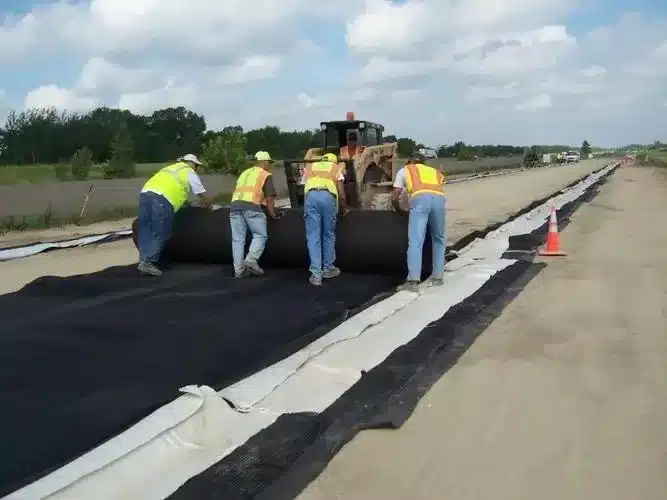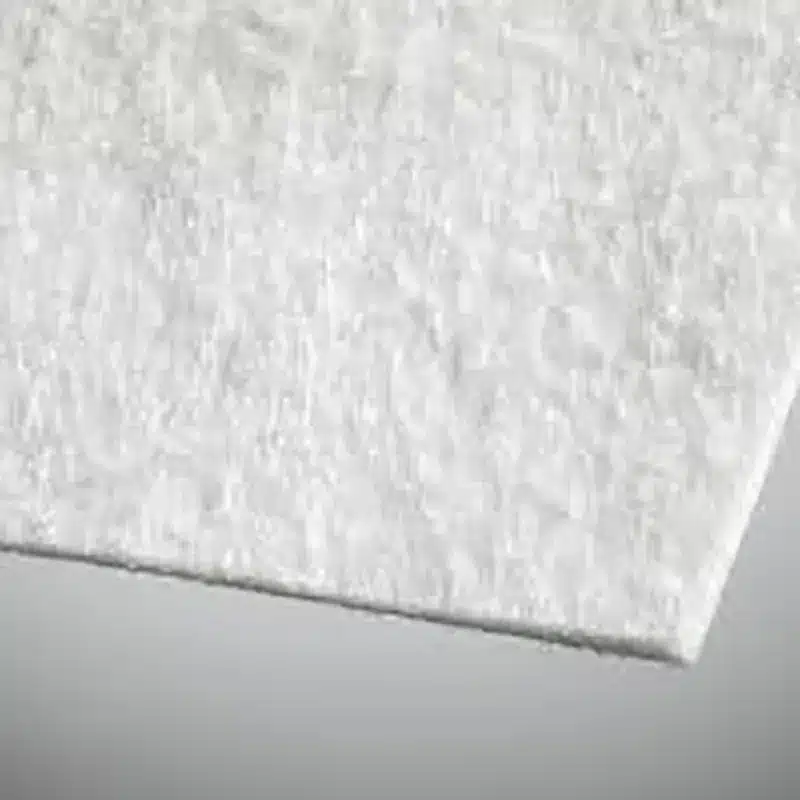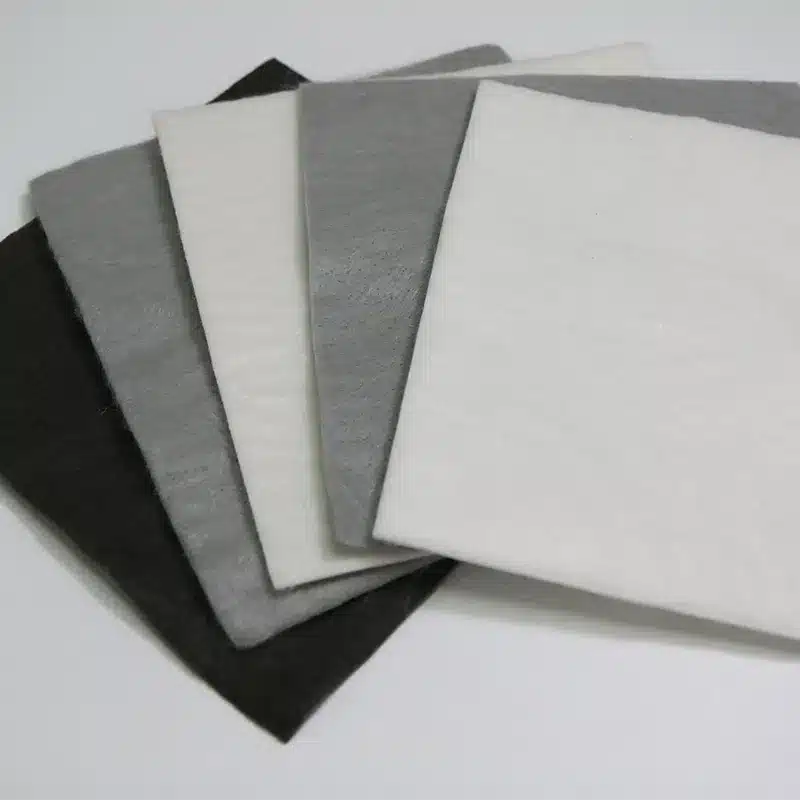+86-159 9860 6917
info@geofantex.com
geofantex@gmail.com
+86-400-8266163-44899
Weed barrier fabric, also known as geotextile, has become a staple in landscaping and gardening due to its effectiveness in controlling weed growth while promoting soil health. This article delves into the science behind geotextile, exploring its strength, weed suppression capabilities, appropriate underlay materials, and proper installation techniques.
How Strong is Geotextile Fabric?
Geotextile fabric is renowned for its durability and high tensile strength. Made from synthetic fibers such as polypropylene or polyester, it can withstand significant stress and strain without tearing. Its strength varies depending on the type and thickness of the fabric, but even lightweight versions are engineered to endure harsh environmental conditions and the pressures exerted by soil and roots. Heavy-duty geotextiles are used in civil engineering projects, demonstrating their capability to handle considerable loads.

Does Geotextile Fabric Stop Weeds?
Yes, geotextile fabric effectively stops weeds. Woven geotextile fabrics are excellent for preventing weed growth due to their tightly woven structure, which prevents weed seeds from penetrating the soil surface, thereby inhibiting their growth. Additionally, it blocks sunlight, which is crucial for weed germination and development. By creating a physical barrier, geotextile fabric minimizes the need for chemical weed killers, promoting a healthier garden environment. However, it’s important to note that while it significantly reduces weed growth, no barrier is 100% foolproof.
What Do You Put Under Weed Fabric?
Under weed fabric, it is essential to have a well-prepared surface to maximize its effectiveness. This includes:
- Clearing the Area: Remove existing weeds, rocks, gravel, or sand and debris to create a smooth base.
- Leveling the Ground: Ensure the ground is even to avoid any air pockets that could undermine the fabric’s performance.
- Adding a Base Layer: A thin layer of rock, gravel, or sand can enhance drainage and stability, preventing water from pooling on top of the fabric.
How to Properly Install a Weed Barrier?
Proper installation of weed barrier fabric involves several key steps:
- Measuring and Cutting: Measure the area and cut the fabric accordingly, ensuring it covers the entire surface with a slight overlap to prevent gaps.
- Securing the Fabric: Use landscape staples or pegs to anchor the fabric in place. Start at the edges and work towards the center, securing at regular intervals to prevent shifting.
- Sealing the Edges: Overlap the edges of the fabric by at least 6 inches and secure them well to prevent weeds from sneaking through.
- Covering the Fabric: Apply a layer of mulch, gravel, or decorative stones on top of the fabric. This not only improves aesthetics but also protects the fabric from UV rays and physical damage.
Geotextile fabric is a powerful tool in the fight against weeds, offering strength and durability to withstand the rigors of outdoor environments. By blocking sunlight and creating a physical barrier, it significantly reduces weed growth, promoting a cleaner and healthier garden. Proper preparation, installation, and maintenance are key to maximizing its effectiveness, ensuring that your landscaping efforts are rewarded with a beautiful, weed-free space. Whether you are a gardening enthusiast or a professional landscaper, understanding the science and application of geotextile can transform your approach to weed control.



Get Free Sample
We’ll respond as soon as possible(within 12 hours)






















